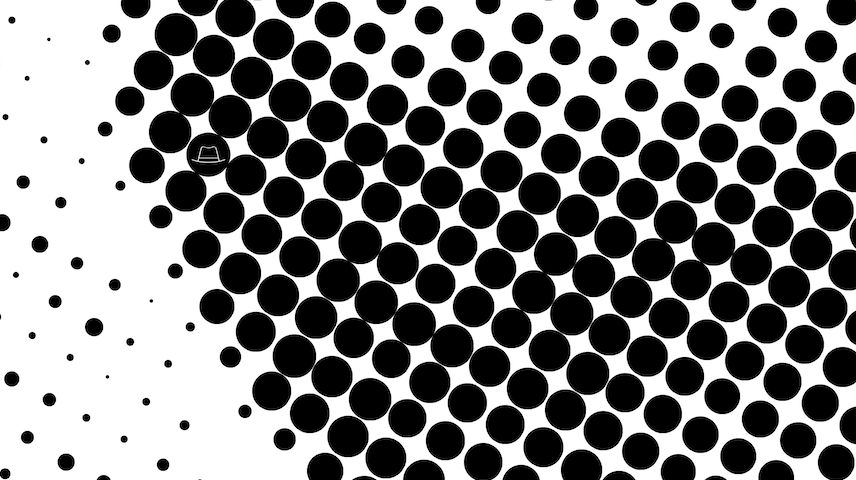Home
Artists
JR
In his own words, French artist JR creates ‘infiltrating art’ and is driven by an ambition to bring art to as many people as possible. Hence, he creates epic installations all over the world, involving hundreds of thousands of people and blurring the line between artist, artwork, spectator and participant.

Interested in JR?

JR
Trompe l'oeil, Les Falaises du Trocadéro, 25 mai 2021, 22h18, Paris, France, 2021
JR1-4

JR
Trompe l'oeil, Les Falaises du Trocadéro, 21 mai 2021, 20h03, Paris, France, 2021
JR1-3

JR
Trompe l'oeil, Les Falaises du Trocadéro, 19 mai 2021, 19h57, Paris, France, 2021
JR1-2

JR
Trompe l'oeil, Les Falaises du Trocadéro, 18 mai 2021, 19h58, Paris, France, 2021
JR1-1
About the Artist
In his own words, French artist JR creates ‘infiltrating art’ and is driven by an ambition to bring art to as many people as possible. Hence, he creates epic installations all over the world, involving hundreds of thousands of people and blurring the line between artist, artwork, spectator and participant.
Born in 1983, JR transitioned from graffiti art to photography and installation at the age of 17. After finding a camera on the Paris Metro, he began to document the street art he and his friends were creating, displaying the photographs on walls around the city and transforming the streets of Paris into what he termed ‘Sidewalk Galleries’. In the following years, JR travelled Europe to meet with other artists interested in street art, who inspired him to treat the walls and facades of cities as his canvas.
Even before exploring methods of optical illusion in his artwork, as his most recent projects do, the exact positioning and sites of his images were always carefully planned. For example, in one of his earliest series, ‘Portraits of a Generation’ (2005), JR took photographs of individuals involved in the riots occurring in Paris that year and pasted the images in the wealthier neighbourhoods, underscoring the lack of representation of these communities in the media. Over the next two decades, JR travelled extensively around the world, from Brazil to Cambodia, New York to Ukraine, creating site-specific installation projects intended to amplify lesser heard voices.
In recent years, the participatory quality of JR’s practice has evolved into a complete blurring of the line between subject and spectator in his huge scale optical illusions realised as photographic installations. For example, in 2016 he created a photographic installation at the Louvre, for which he made the museum’s glass pyramid ‘disappear’ by pasting the structure in his now iconic black and white strips of paper. The effect was achieved through the artist’s masterful control of trompe l’oeil and anamorphosis.
JR has exercised these techniques across many projects, including huge photographic collages pasted at the foot of the Eiffel Tower or on the grounds of a Californian prison, as well as giant billboards erected around the pyramids of Egypt or at the US-Mexico border. The engagement with scale, optical illusion and visual manipulation exhibited in these projects has become a defining feature of the artist’s practice.
JR has recently reproduced images of his inherently ephemeral artworks as physical prints or NFTs. In doing so, JR not only cements these temporary installations in history, but he also infuses into them a new dimension of audience engagement by allowing people from across the world to participate in his site specific, temporal projects.
Characteristically, JR leaves the meaning of his creations ambiguous, explaining that it is reliant on the interpretation of the viewer-participant. JR has described his ambition as being to create the “largest art gallery in the world” by reaching as many viewers as possible, further realised by his recent engagement in printmaking, a medium intended for wider distribution and viewership. In this way, JR releases even more control to the viewer-participant, consistent with his unwavering belief that it is only through the audience that his artworks are given meaning.


